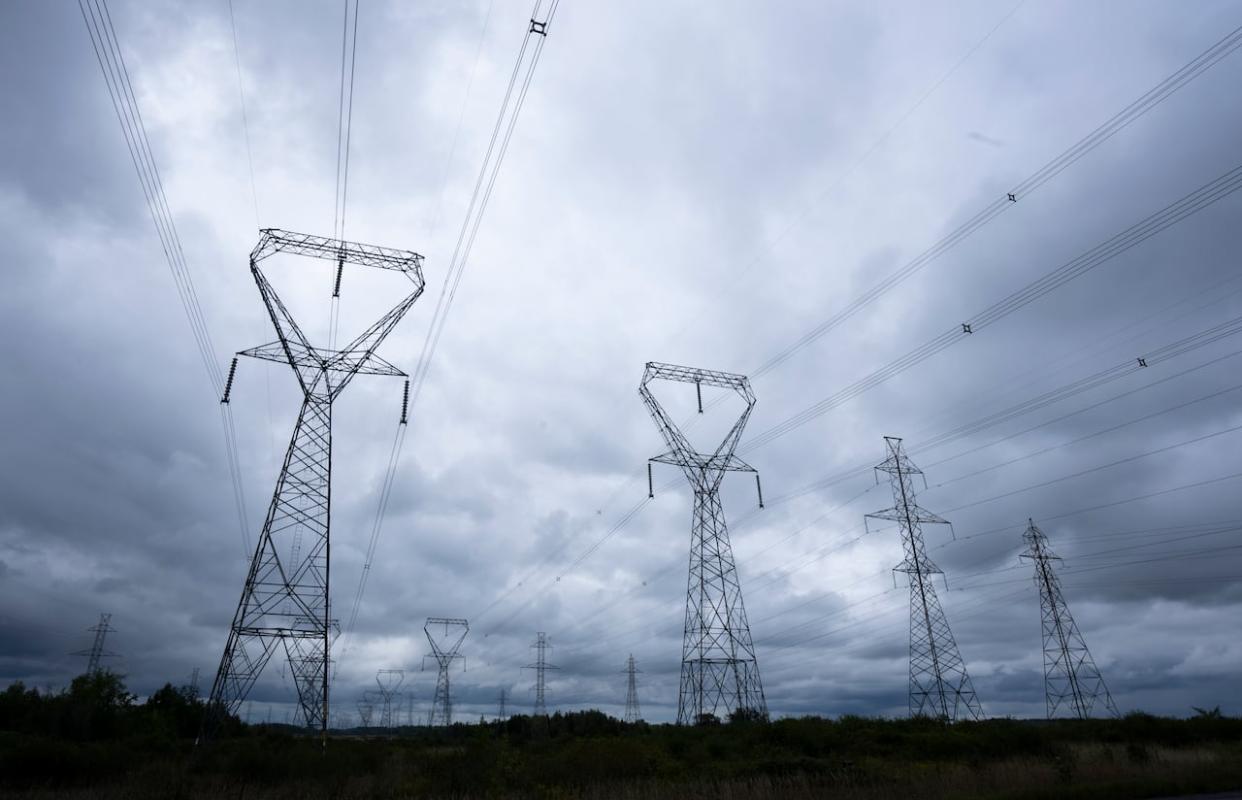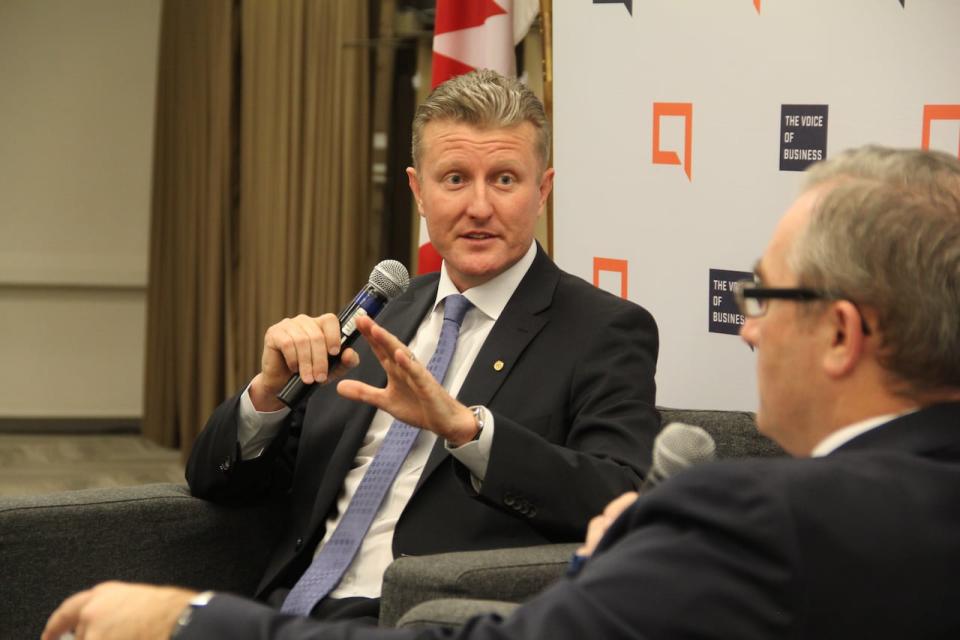The time has come for a serious conversation about Manitoba's electricity needs

Not content to stand pat as Canada's largest producer of electricity, Hydro-Québec is working on a plan to produce even more energy at the same it weans itself off fossil fuels.
On Nov. 2, the public power utility in Canada's second-most-populous province unveiled a $185-billion plan to build at least one more hydroelectric dam, hook up its power grid to new wind and solar farms and build 5,000 kilometres of new transmission lines to ensure this new electricity can actually reach consumers and storage facilities.
The conversation in Quebec does not just involve whether the Crown corporation — and Quebeckers, by extension — can afford this.
Hydro-Québec has effectively put forth a "pay me now or pay me later" argument, where further dawdling on the painful process of greening both power production and power consumption will result in higher costs down the road.
Not everyone buys the argument. Some opposition politicians in Quebec have called the plan too vague.
Still, a serious conversation about the genuine cost of the energy transition is taking place in a province where up until recently, decision-makers didn't have to contemplate the need to generate an additional kilowatt.
This discussion is not taking place yet here in Manitoba. A serious conversation about electricity production and consumption would come with a sharp warning the coming energy transition will neither be cheap nor easy.
For example, Manitoba's former PC government put forward an energy framework over the summer that called for Manitoba to double or even triple its generating capacity over the next 20 years.
Unlike in Quebec, the Manitoba plan did not arrive with any dollar figures attached, let alone specific targets for the wind turbines, solar farms, energy storage facilities and transmission lines required to make it all work.
Then, the same week Hydro-Québec unveiled its plan, Manitoba elected a new government that expressed more concerns about the rates its hydro utility will charge consumers in the coming year than the absence of a plan to produce more electricity, save more energy and reduce consumer reliance on fossil fuels for the coming decades.
During the election campaign, the NDP promised a rate freeze at the same time Hydro contends with considerable debt as well as an imminent need to spend billions on capital construction.
Now in power, Wab Kinew's government has decided to postpone that rate freeze — and is showing signs it's starting to grapple with the reality Hydro is not just a piggy bank to be emptied.
For one thing, Kinew says he's paying attention to Hydro-Québec.

Hydro Quebec chief executive Michael Sabra holds up a copy of the company’s plans for the future, after they were made public on Nov. 2, 2023. (Ryan Remiorz/The Canadian Press)
"They've made the decision that actually investing in energy-efficiency initiatives make sense as long as it's cheaper per killowatt hour or cheaper per incremental unit of investment than creating a new dam or a new wind farm," the premier said in an interview this week.
"One of the things that we're thinking about as a new government is ensuring that we're creating more electricity that's available for the needs of our province in the most cost-effective way."
To be clear, Quebec is banking on a plan to make energy cheaper in the long run. In the short term, the new transmission lines required to connect wind and solar farms to Quebec's energy grid will cost billions.
There are easier wins. The easiest in Manitoba involve convincing consumers to use less energy. Market forces are starting to make this happen, to some extent, as evidenced by the growing popularity of heat pumps in a province where most homes are heated with gas or electric furnaces.
Clean-energy advocates say the province has to think bigger, beyond individual homes, and consider requiring new residential subdivisions to be connected to geothermal-heating systems on a neighbourhood-wide scale.
This, too, may require an up-front investment, either from the province or from Manitoba Hydro. Whether it's geothermal heating or battery storage or any new form of energy production, some cash is required at the outset.
The question is whether the Kinew government and the leadership at Manitoba Hydro have the stomach to do what Quebec plans to do: spend billions now to save more money in the long run.

Manitoba Hydro chair Ben Graham, shown here in 2019, says it's crucial for the public utility to build out its infrastructure to support the province's growth. (Ian Froese/CBC)
"We're all sort of protectors of the future. We've got to build the infrastructure to support the population growth. We've got a heap of businesses that want to come to this province, which I think is great for the economy. So it's kind of our obligation to make sure that we have that infrastructure to support them," said Ben Graham, the new chair of Manitoba Hydro's board of directors.
"So if that means some spending, again, I'm not going to speak on behalf of government, but you know I think there's a recognition that we're going to have to draw back some of that power to the domestic market and find better ways to use what we have.
"If it also means an additional infrastructure spend, then we'll have to do it because we're only in these seats for a short time and it would be remiss of us to not try and look after those that are going to follow."
For decades, Manitoba has fallen behind most of its neighbours when it comes to wind power in particular. As recently as this July, Manitoba Hydro's former board chair shrugged off a question about the absence of wind power by pointing out leaves were fluttering in the wind.
Again, the time has come for a serious conversation about where our energy is going to come from — and whether we are willing to pay for it now or later.


